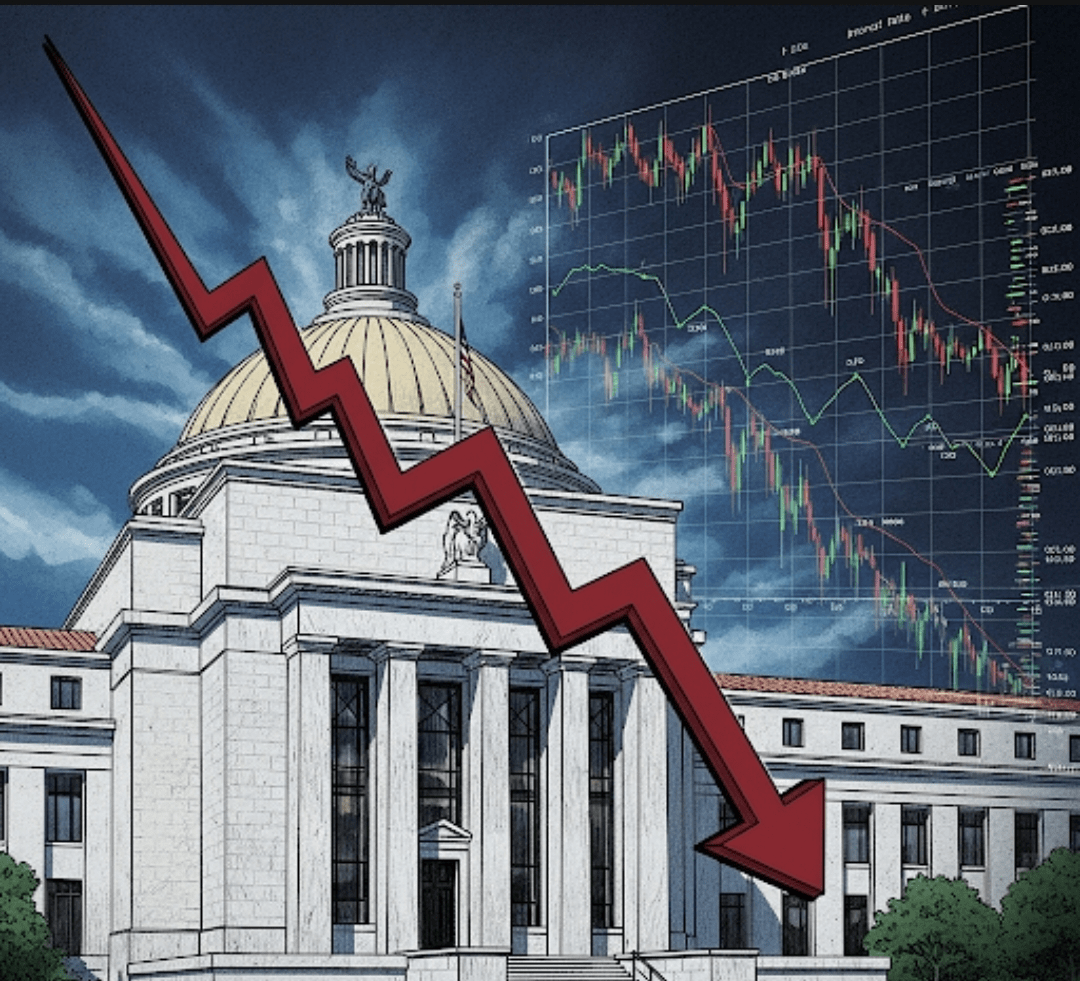In the early hours of September 18, Beijing time, the U.S. Federal Reserve announced a 25 basis point cut in the federal funds rate, bringing it to a range of 4.00% to 4.25%. This decision was in line with market expectations and marks the first cut since the end of 2024, as well as the first in 2025.
The Fed's announcement caused sharp fluctuations in financial markets. Major indices on Wall Street rose immediately after the decision was announced, but they quickly reversed course to record a noticeable decline, with the Dow Jones index fluctuating by more than 500 points. At the same time, the dollar index fell to 96.2, its lowest level since the beginning of the year, while spot gold briefly dropped below $3,650 an ounce.
The fluctuations were not due to the cut itself, but rather a result of statements made by Federal Reserve Chairman Jerome Powell during the press conference following the decision. Powell described the cut as a "risk management measure," which investors interpreted as the Fed not adopting a broadly accommodative stance as was expected, thereby reducing the likelihood of more rapid cuts.
According to the latest forecasts published by the Fed, policymakers expect to implement two additional cuts of 25 basis points each during the remainder of the year, meaning that 2025 could see a total of three rate cuts, bringing the target rate down to a range between 3.50% and 3.75% by the end of the year. Estimates also indicated that 2026 and 2027 could see limited additional cuts of 25 basis points each year.
In addition, the Federal Open Market Committee unanimously decided to lower the interest rate on reserves from 4.40% to 4.15%, and to reduce the overnight repurchase agreement rate from 4.50% to 4.25%.
Powell clarified that these decisions came after inflation had made "significant progress" towards the 2% target, but he emphasized that the central bank would not hesitate to take bolder steps if the labor market showed unexpected signs of weakness. This reflects a balanced approach through which the Fed seeks to achieve a smooth landing for the economy while keeping inflation under control.
Analysts believe that the tone used by the Fed reflects a kind of cautious leaning towards tightening, as it aims to curb exaggerated market expectations regarding the easing cycle, while leaving flexible space to adjust policy later according to economic developments.

